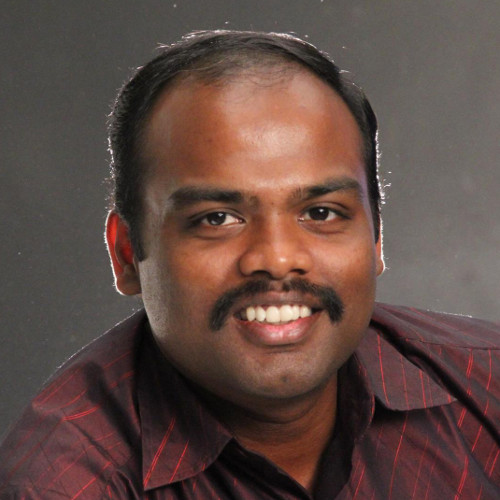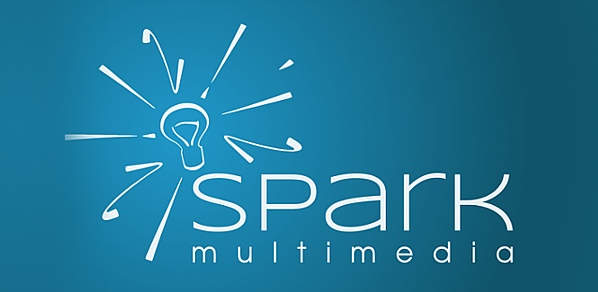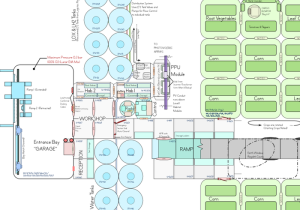Sathish Kumar, who was part of our Summer 2012 modeling team, has branched out on his own with his new studio, Spark Multimedia. He and his company will be partnering with us on creating many of the large virtual sets we need to create for Lunatics!

Spark Multimedia is an open-source based studio, based in Tamil Nadu, India. In addition to their involvement in creating virtual sets for the Lunatics! project, the company also works on commercial architectural renderings, product simulations, and prototype demonstrations. The company has access to skills in 3D modeling, photography, video production, music, and audio production. The company was founded in 2013 by experienced Blender 3D artist, photographer, and project manager, Sathish Kumar D.S.
We’ve already looked at some of the most technically challenging modeling problems for Lunatics! with Chris Kuhn‘s work on mechanical models, Bela Szabo‘s critical work on character modeling, and the complex rigging and effects work which Gorka Mendieta will be working on. But by far the largest modeling challenge for Lunatics! will be the interior virtual sets for the
ISF-1 Colony and Iridium Station. In addition to being very important and complex in themselves, these sets are also important because they are the ones that will be on screen the most during the series run. Most of our scenes will, of course, be shot on these sets. They’re our equivalent of the Enterprise interior sets for Star Trek — we’ll see them in every episode.
However, because they’re virtual sets, we’ll be less limited on their size. We intend to model the entire colony. The ISF-1 set will be four levels, totaling about 5000 square meters of floor plan. We will be modeling all of this up front, although we’ll only be dressing the sets as we need them. Even so, there’s a large area of sets to finish and dress even for the pilot episode alone. One thing that makes it a little easier is that the colony is meant to be constructed out of standardized modules, so while there will be some customization required, quite a lot can be achieved by just replicating a few standard module models.
Of course, the set will actually be broken up into many dynamically-linked Blender files, using Blender’s internal resource linking system. This is going to be a complex system of dependencies to maintain, but it will allow us to have a virtual representation of the entire colony without having to include the whole model in every shot file (there’s no need to waste CPU cycles computing geometry that can’t be seen at all from where the camera is).
We’ll also be creating a partial model of the USAF Iridium Station (we won’t be needing a complete model until much later, if ever), as well as some exterior sets and sculpted landscapes.
Sathish has expressed a lot of enthusiasm for this project, both for its open-source and free-culture aspects, and it’s relationship to space development, and we’re really looking forward to working with him and his company on it. In addition to himself, Sathish has access to a number of colleagues in his area, through his professional connections at Real Works studio, so he’s got the ability to scale up if we can support it.



